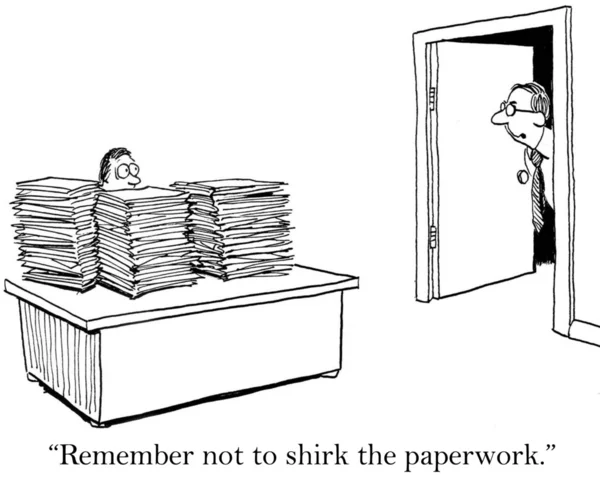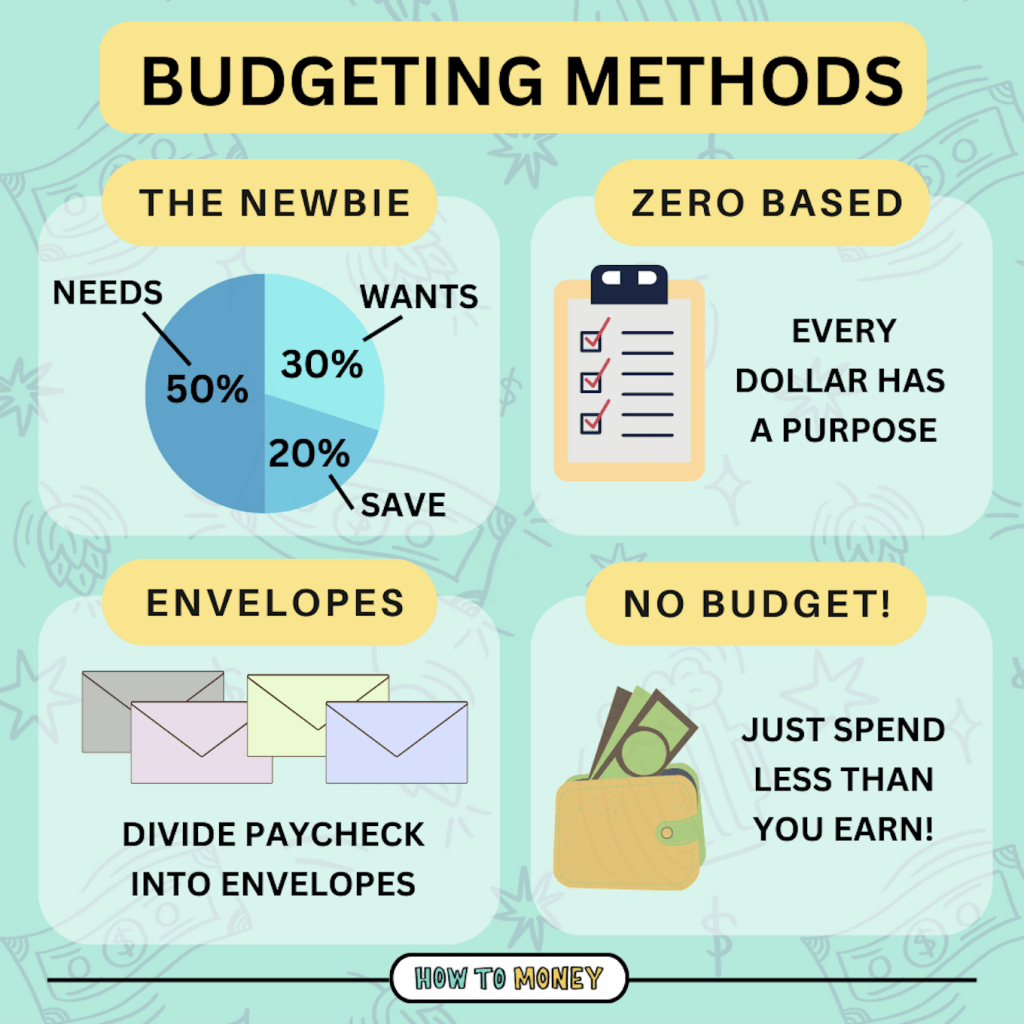
Turning Cents into Sense (of Humor): A Guide to Creating Funny Finance Content
Finance: It’s a topic that can induce stress, anxiety, and a general feeling of wanting to bury your head in the sand. However, it’s also a fundamental part of life. What if we could make it less daunting and more… entertaining? That’s where funny finance content comes in.
In a world saturated with serious financial advice, a touch of humor can be the key to capturing attention, fostering engagement, and ultimately, helping people make better financial decisions. This article will guide you through the art of crafting hilarious yet helpful finance content.
Why Funny Finance? The Power of Laughter in Learning
- Breaks Down Barriers: Finance often feels exclusive, filled with jargon and complex concepts. Humor acts as a universal language, breaking down these barriers and making the subject more approachable.
- Increases Engagement: People are more likely to pay attention to something that makes them laugh. Funny content stands out in the crowded digital landscape, grabbing attention and holding it longer.
- Improves Retention: When information is presented in a memorable and enjoyable way, it’s more likely to stick. Humor aids in retention, making complex financial concepts easier to recall.
- Reduces Anxiety: Discussing money can be stressful. Humor can alleviate this anxiety, creating a more relaxed and receptive environment for learning.
- Builds Trust and Connection: Authenticity is key. When you can laugh with your audience, you build trust and establish a deeper connection.
Finding the Funny Bone: Sources of Humor in Finance
- Relatable Struggles: Everyone has experienced financial struggles, whether it’s living paycheck to paycheck, dealing with student loans, or resisting the urge to splurge on something unnecessary. These relatable experiences are fertile ground for humor.
- Financial Fails: We’ve all made financial mistakes. Sharing (or poking fun at) these mishaps can be both funny and educational.
- Jargon and Buzzwords: The world of finance is full of jargon that can sound ridiculous to the uninitiated. Exaggerating or satirizing these terms can be a great source of humor.
- Stereotypes: Playful jabs at financial stereotypes (e.g., the penny-pinching accountant, the extravagant CEO) can be funny, but be careful to avoid harmful or offensive stereotypes.
- Everyday Situations: Connect financial concepts to everyday situations, like grocery shopping, dating, or planning a vacation.
- Unexpected Comparisons: Juxtapose finance with unrelated topics to create unexpected and humorous connections.
Crafting Your Comedic Masterpiece: Techniques and Strategies
- Know Your Audience: Before you start writing jokes, understand who you’re trying to reach. What are their financial pain points? What kind of humor do they appreciate? Tailor your content to their interests and preferences.
- Start with a Strong Hook: Grab attention from the very first sentence. Use a surprising statistic, a funny anecdote, or a thought-provoking question.
- Keep it Simple: Don’t overcomplicate the humor or the finance. Use clear, concise language and avoid jargon whenever possible.
- Use Visuals: Images, memes, GIFs, and videos can amplify the humor and make your content more engaging.
- Embrace Storytelling: Weave financial concepts into relatable stories. Use characters, dialogue, and plot twists to keep your audience entertained.
- Be Self-Deprecating: Don’t be afraid to poke fun at yourself or your own financial mistakes. This shows humility and makes you more relatable.
- Timing is Everything: Pay attention to current events and trends. Incorporate timely references to make your content more relevant and engaging.
- Experiment with Formats: Try different formats, such as:
- Memes: Use relatable images and text to create shareable jokes.
- Short Videos: Create skits, animations, or explainers that incorporate humor.
- Comical Infographics: Present data and information in a visually appealing and funny way.
- Satirical Articles: Write articles that exaggerate or mock financial topics.
- Funny Quizzes: Create quizzes that test financial knowledge while making people laugh.
- Don’t Sacrifice Accuracy: While humor is important, accuracy is paramount. Always ensure that your financial information is correct and up-to-date. Don’t mislead your audience for the sake of a joke.
- Test and Iterate: Don’t be afraid to experiment with different types of humor and formats. Track your results and see what resonates with your audience. Use this feedback to refine your approach.
- Be Authentic: Let your personality shine through. Don’t try to be someone you’re not. Authenticity is key to building trust and connecting with your audience.
- Don’t Be Afraid to Be Edgy (But Know Your Limits): Some of the best humor pushes boundaries. However, be mindful of your audience and avoid jokes that are offensive, insensitive, or harmful.
Examples of Funny Finance Content in Action
- The Broke Millennial: Erin Lowry uses humor and relatable anecdotes to make personal finance accessible to young adults.
- Mr. Money Mustache: Pete Adenstedt’s blog combines financial independence advice with a quirky and irreverent writing style.
- TikTok Finance Influencers: A new wave of creators are using short, funny videos to explain complex financial concepts.
- Podcast "How to Money": They cover all sorts of financial topics with humor and a light-hearted approach.
The Ethical Considerations
- Avoid Misleading Information: Never sacrifice accuracy for the sake of a joke. Ensure your audience understands the underlying financial principles.
- Be Sensitive to Financial Struggles: While humor can be helpful, be mindful of the fact that many people are struggling financially. Avoid jokes that are insensitive or dismissive of their challenges.
- Disclose Conflicts of Interest: If you’re promoting a product or service, be transparent about your relationship with the company.
- Don’t Give Specific Financial Advice: Unless you’re a licensed financial advisor, avoid giving specific investment recommendations. Focus on providing general education and information.
Final Thoughts: Laugh Your Way to Financial Literacy
Creating funny finance content is a powerful way to engage audiences, break down barriers, and improve financial literacy. By understanding your audience, using humor effectively, and maintaining ethical standards, you can create content that is both entertaining and informative. So go ahead, inject some humor into the world of finance. You might be surprised at how much fun it can be!



